Turning up the heat in your hot sauce recipe
Everyone has a favorite salsa or hot sauce recipe. Capturing the spicy heat can be a challenge though.
When you grow your own hot peppers you will find that some years the peppers are 10 times hotter than hot. Other years, not so much. The variety of hot pepper has a bearing on the heat value. But the growing season also has an impact.
Hot peppers vary in the heat value of the variety of the peppers. I love looking through the Baker Creek Seed Company Catalog at their hot pepper pages. The pictures are amazing. The description and history of the different heritage hot peppers that they carry is engrossing. Peppers like Black Hungarian, Chinese 5 Color, and the Trinidad Scorpion, (named the hottest pepper on the planet, with 1.2 million Scoville units) will keep any salsa lover and gardener dreaming of next year. Richter’s Herbs in Canada, also carries an impressive variety of Hot Peppers, including the Trinidad Scorpion Pepper. Richter’s ships to the USA and internationally with a phyto-sanitary certificate.
Hot pepper heat is measured subjectively using “heat units” on a scale of 0 to 10 with sweet bell peppers being a 0 to 1 on the scale and habanero peppers being a 10. Jalapeños are a 5 on this scale, right in the middle. Notice on this subjective scale, the Trinidad Scorpion Pepper isn’t even on the chart. It’s four times the heat of the hottest habanero.
Thankfully, most hot sauce recipes use ripe jalapeños, not scorpions, as their base. That means we don’t have to eat with 9-1-1 on speed dial. However, if you want a spicier hot sauce, substitute a hotter pepper for three or four of the jalapeño peppers.
Peppers grown in a hot climate will have more heat value than peppers grown in a cooler maritime climate. Desert grown peppers are generally spicier than their irrigated cousins. Heat or spiciness is expressed as a range, to take into account the differing ripeness and growing conditions of individual peppers.
The hot pepper “heat unit” is a subjective measure. The Scoville Heat scale is a measure of the capsaicin concentration inside the pepper. It’s a scientific measurement done in a laboratory. The more capsaicin in the pepper the spicier and hotter it is. The Scoville heat scale was invented by American Pharmacist Wilbur Scoville in 1912. In the Scoville heat scale jalapeños measure 2,500 to 5,000 while habaneros, one of the hottest pepper, measure 200,000 to 300,000. Trinidad Scorpions measure 1.2 million Scoville units. Bear Spray comes in at 2 million Scoville units. (This is why you can’t make bear spray at home.)
I’ve taken the guess work out of figuring out your perfect hot pepper recipe. Sriracha hot sauce is made exclusively with red jalapeno peppers, garlic, and sugar. If you prefer your hot sauce hotter than Sriracha, substitute a few habaneros or cayenne peppers for a few of the jalapeños. Use the following chart to guide your decisions.
Download a printable chart here (pdf).
Enjoy your fermented hot pepper sauce, just how you like it. It’s the best accompaniment to tacos, fish, enchiladas, and other Mexican food. It’s also used in Thai cuisine, African cuisine, Caribbean cuisine, and Middle Eastern cuisine. Is there any food that isn’t better with hot sauce?
My recipe for fermented hot sauce.
And if the exceptional taste isn’t enough to convince you to make your own, it also gives you healthy probiotics and beneficial digestive enzymes. When you make it yourself you can choose organic ingredients. And now you can even control the heat.
If you are looking for creative recipes to use your homemade hot sauce, check out the Sriracha Cook Book. Enjoy!


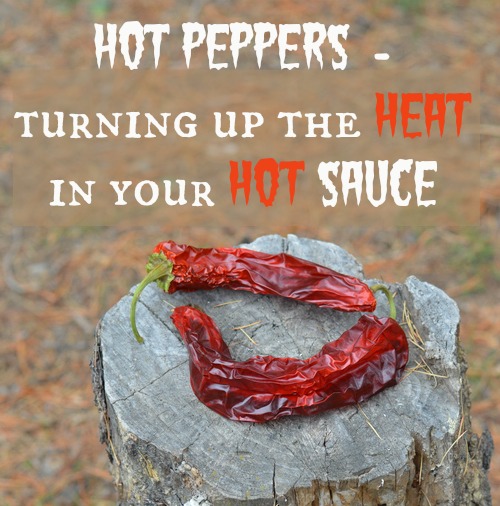
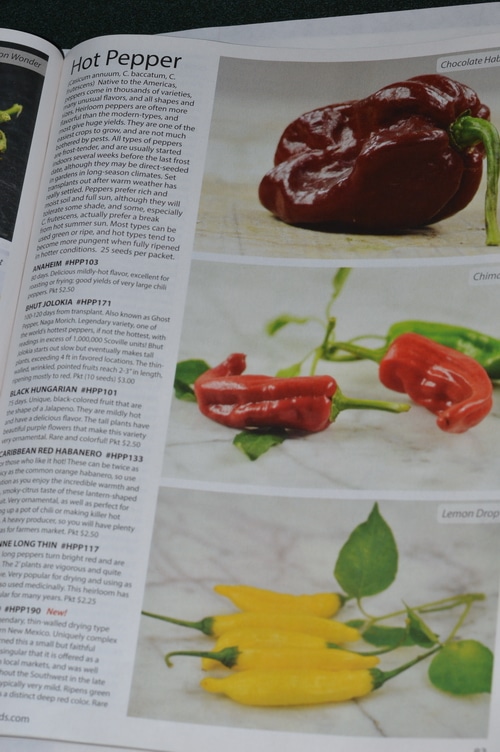
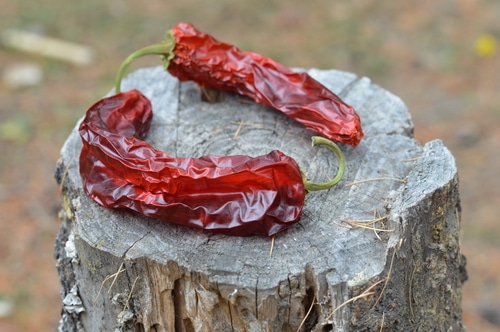
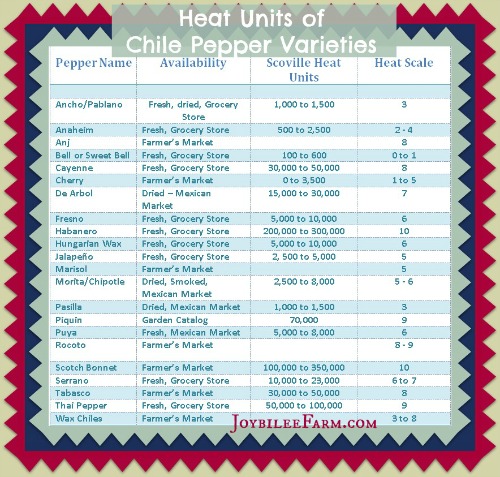
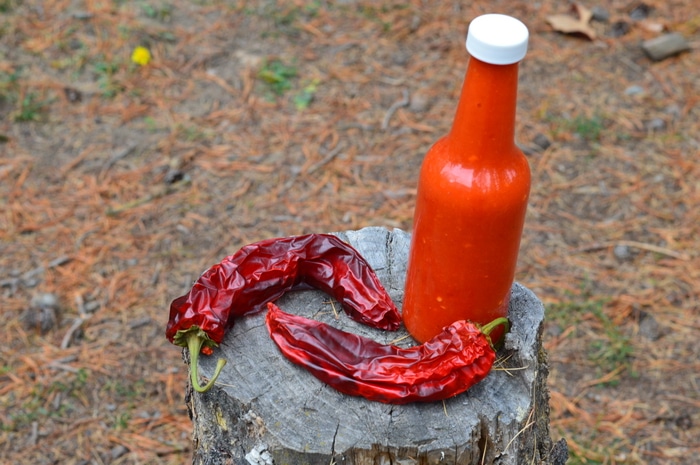
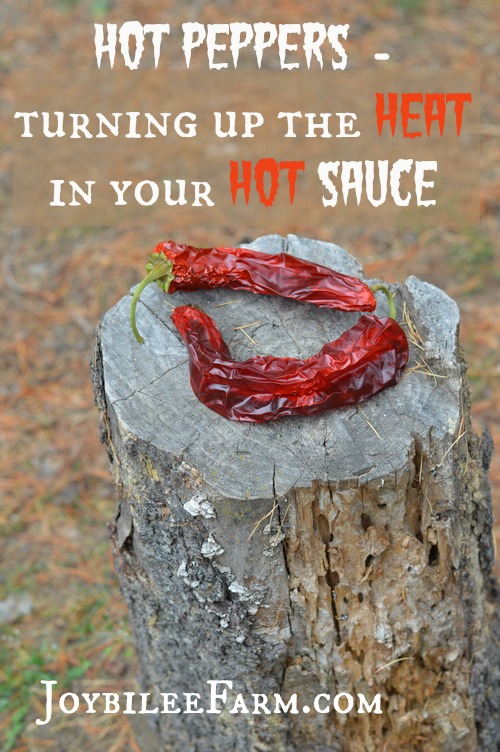

Leave a Reply